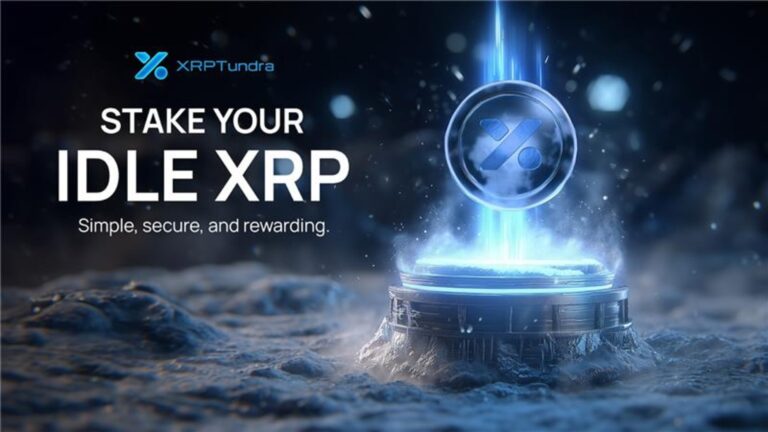The post Cross-Chacom. The XRP Ledger is quietly entering one of its most transformative stages. Initially emerging as a payment network, XRPL is now gaining programmability and liquidity depth through a series of upgrades. They include its new EVM sidechain and the rapid growth of Ripple’s RLUSD stablecoin. It recently surpassed $1 billion in market capitalization. This new infrastructure has expanded the network’s scope from payments into DeFi. With that shift, projects like XRP Tundra are bringing interoperability to the forefront. By connecting Solana’s liquidity mechanisms with XRPL’s transparency, XRP Tundra introduces a cross-chain framework that allows XRP holders to participate in yield-based finance without leaving the ecosystem they trust. How XRP Tundra Connects Solana and XRPL At the heart of XRP Tundra’s design is its dual-token model. TUNDRA-S, built on Solana, serves as the network’s utility and yield token. The TUNDRA-X, issued on the XRP Ledger, provides governance and reserve functionality. Every presale participant receives both assets. This structure effectively links Solana’s speed and liquidity with XRPL’s verified settlement layer. This two-network approach allows rewards and transactions to flow seamlessly between chains. Solana’s infrastructure handles staking operations and dynamic yield calculations, while XRPL records ownership, governance votes, and reward verification. It’s a practical combination of throughput and accountability Solana powers the function, and XRPL keeps it verifiable. That design becomes particularly relevant as cross-chain protocols mature across the broader market. For XRP holders accustomed to limited staking options, XRP Tundra’s model represents a measurable expansion of utility. Cryo Vaults Unlock Staking Utility for XRP Holders XRP Tundra’s staking system, popular as Cryo Vaults, will allow users to stake either XRP or TUNDRA assets for yield once activation begins. Vaults have flexible terms, providing short-term access or longer-term commitments with up to 20% APY. Transparent smart contracts whose parameters are viewable on-chain.
New







